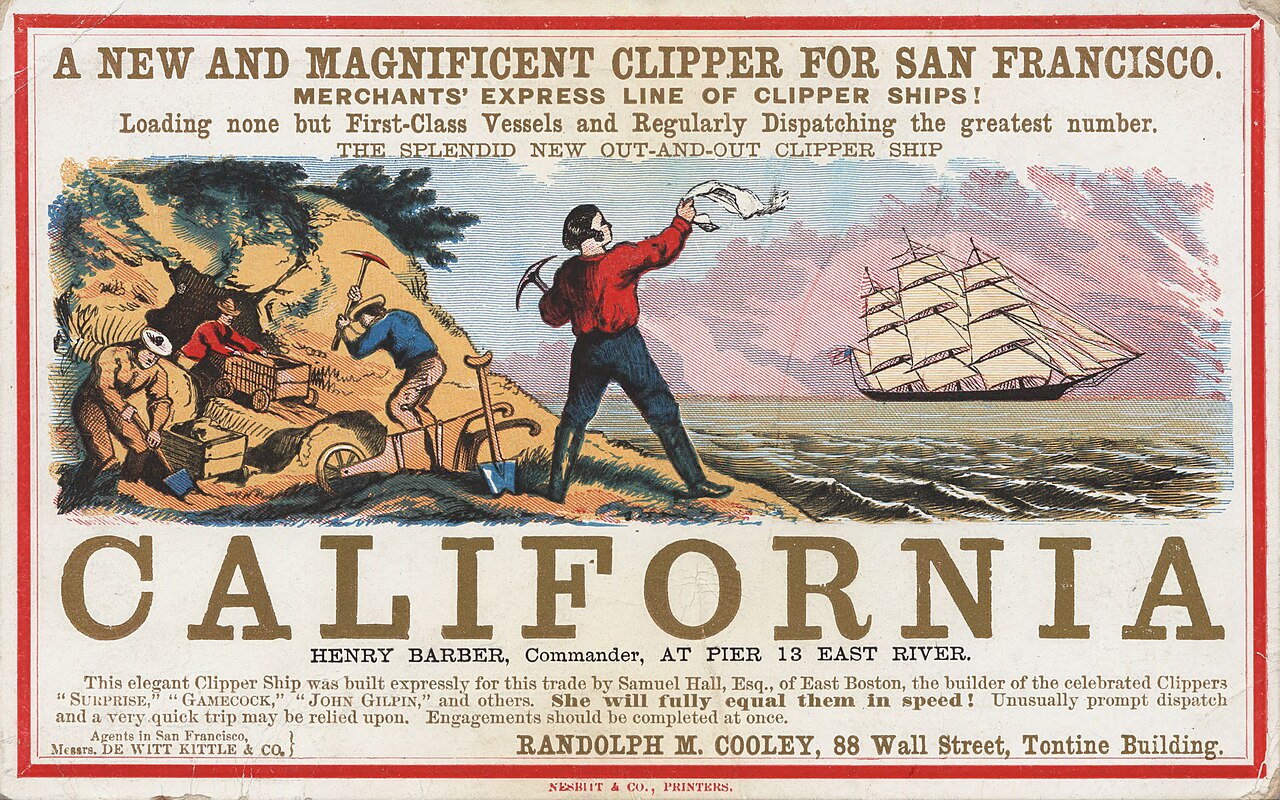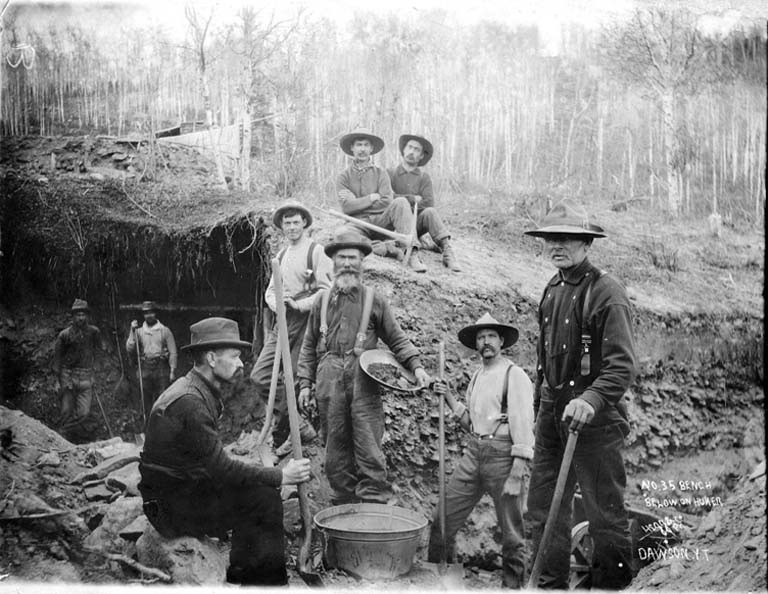The Gold Rush era, most famously marked by the 1849 California Gold Rush, ignited massive waves of migration, settlement, and opportunity westward across the United States. Whether your ancestors were miners, merchants, land speculators, immigrants, or overland travelers, this period left behind rich genealogical records that offer insight into how and why your family moved west. Our genealogists specialize in tracing individuals and families through this transformative chapter of American history.

The Gold Rush era (1848–1865) was more than a mining boom, it was a cultural and demographic shift. Within a few short years:
This era is particularly important for researchers tracing “missing” ancestors, sudden moves, or immigrant families who bypassed eastern ports.
We help trace ancestors involved in or affected by the Gold Rush, including:
We also specialize in helping clients understand why ancestors suddenly appear—or disappear—in the 1850 or 1860 U.S. Census, often explained by a westward move during this volatile period.
Gold Rush-era research involves multiple jurisdictions and fast-changing communities. We work with a wide range of records, including:
We also consult gold rush-specific archives such as the California State Library’s genealogy collections, Bancroft Library at UC Berkeley, and Western mining databases.

While the California Gold Rush (1848-1855) is the most iconic, we also research migration related to:
Each location had unique timelines, laws, and record-keeping practices. We adapt our research strategy to suit the context.
Our Gold Rush research can reveal:
If your ancestor "disappeared" from records in the East—or suddenly showed up in California, Colorado, or the Pacific Northwest—this era may hold the answer.
📬 Contact Us to begin a customized genealogy project focused on the Gold Rush era.
How can I tell if my ancestor went west for the Gold Rush?
Look for sudden geographic changes in census records, family stories involving mining or travel, or gaps between known life events. We can help verify their path.
Are mining claim records available online?
Some are digitized through the Bureau of Land Management (BLM) and state archives, but many do require on-site research or local microfilm access.
Can you research non-miners who lived in Gold Rush towns?
Absolutely. We trace storekeepers, hotel owners, doctors, teachers, and families who helped build these communities, not just miners.